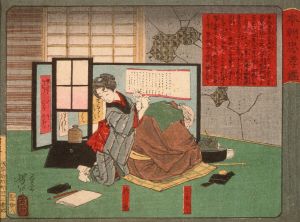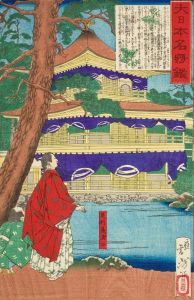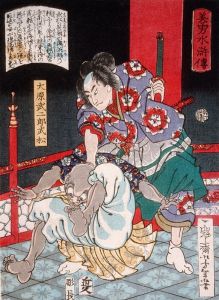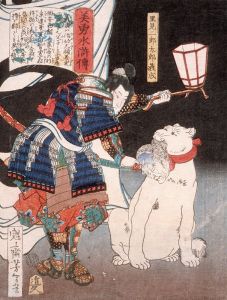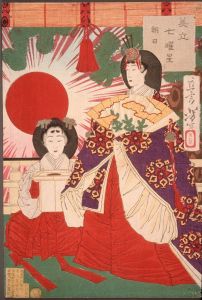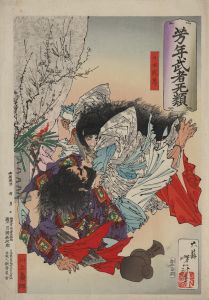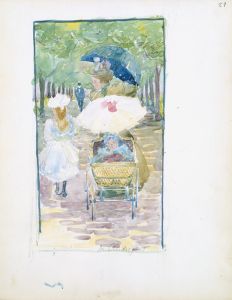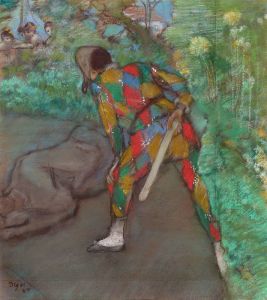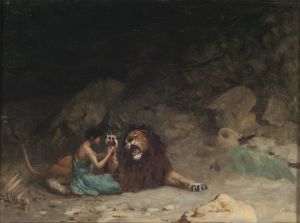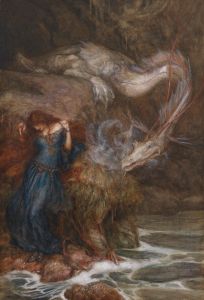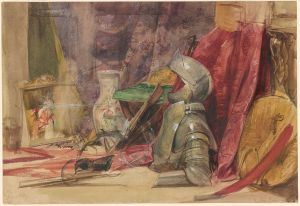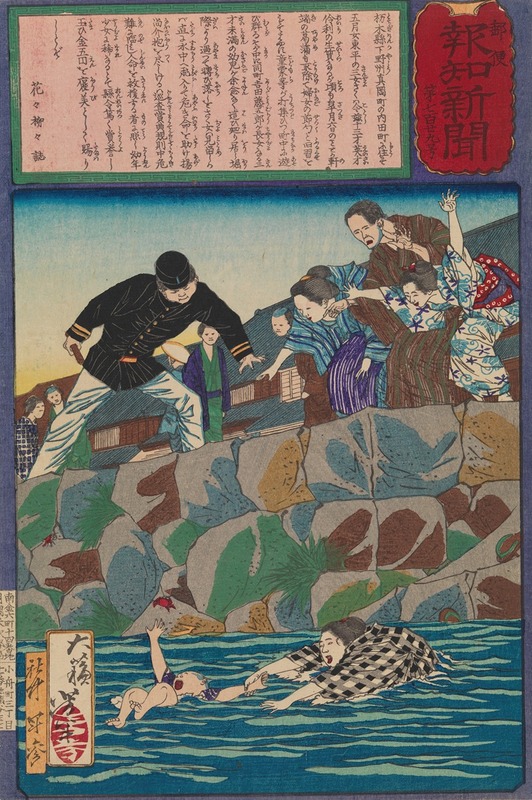
The Girl Saku Rescuing a Baby from the River
A hand-painted replica of Tsukioka Yoshitoshi’s masterpiece The Girl Saku Rescuing a Baby from the River, meticulously crafted by professional artists to capture the true essence of the original. Each piece is created with museum-quality canvas and rare mineral pigments, carefully painted by experienced artists with delicate brushstrokes and rich, layered colors to perfectly recreate the texture of the original artwork. Unlike machine-printed reproductions, this hand-painted version brings the painting to life, infused with the artist’s emotions and skill in every stroke. Whether for personal collection or home decoration, it instantly elevates the artistic atmosphere of any space.
Tsukioka Yoshitoshi (1839–1892) was a renowned Japanese artist known for his work in the ukiyo-e genre, a style of woodblock printing that flourished in Japan from the 17th through the 19th centuries. Yoshitoshi is often celebrated for his innovative approach to traditional themes, his dynamic compositions, and his ability to convey emotion and drama in his prints. One of his notable works is "The Girl Saku Rescuing a Baby from the River," which exemplifies his skill in storytelling through art.
"The Girl Saku Rescuing a Baby from the River" is a woodblock print that captures a moment of intense drama and heroism. The artwork depicts a young girl named Saku, who is shown in the act of rescuing a baby from a river. This scene is characterized by its dynamic composition and the sense of urgency and movement conveyed through the flowing water and the determined expression on Saku's face. Yoshitoshi's use of color and line work enhances the emotional impact of the scene, drawing the viewer into the narrative.
Yoshitoshi's work often drew upon historical and legendary themes, and this print is no exception. It reflects the artist's interest in stories of bravery and selflessness, common motifs in Japanese folklore and history. The depiction of Saku's courageous act aligns with the cultural values of heroism and compassion, resonating with audiences of the time and contributing to the enduring appeal of Yoshitoshi's work.
The print is part of Yoshitoshi's broader body of work, which includes series such as "One Hundred Aspects of the Moon" and "New Forms of Thirty-Six Ghosts." These series often explored themes of mythology, history, and the supernatural, showcasing Yoshitoshi's versatility and creativity as an artist. His ability to blend traditional Japanese aesthetics with innovative techniques made his work stand out during a period of significant cultural and social change in Japan.
Yoshitoshi's career spanned a time of transition in Japan, as the country opened up to Western influences during the Meiji Restoration. Despite these changes, Yoshitoshi remained committed to the ukiyo-e tradition, while also adapting his style to incorporate new ideas and techniques. His work is often seen as a bridge between the classical ukiyo-e style and the modern era of Japanese art.
"The Girl Saku Rescuing a Baby from the River" is a testament to Yoshitoshi's mastery of the woodblock print medium and his ability to convey powerful narratives through his art. The print not only highlights his technical skill but also his deep understanding of human emotion and storytelling. Today, Yoshitoshi is regarded as one of the last great masters of ukiyo-e, and his work continues to be celebrated for its artistic and cultural significance.
In summary, Tsukioka Yoshitoshi's "The Girl Saku Rescuing a Baby from the River" is a compelling example of his ability to capture dramatic and emotional moments in his art. Through his innovative approach to traditional themes, Yoshitoshi created works that resonate with audiences both in his time and today, securing his legacy as a pivotal figure in the history of Japanese art.






